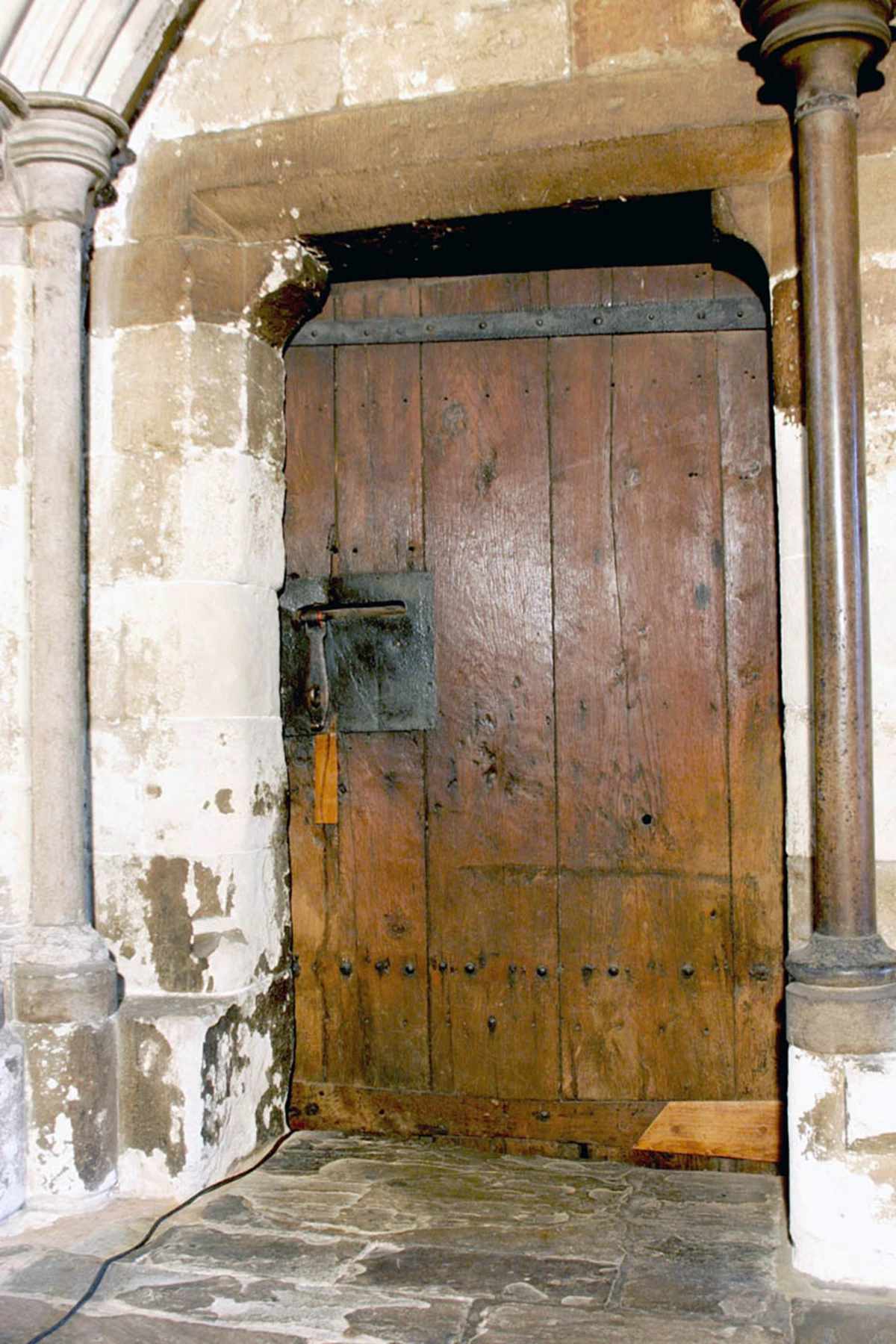Westminster Abbey: A Royal Church Fit for a King
- Tiffany Snowden

- May 3, 2023
- 3 min read
As the nation prepares for the coronation of King Charles III, all eyes will soon be on Westminster Abbey, one of the most iconic buildings in London, with a history as rich and varied as the city itself. The abbey has been a place of worship, coronation, and burial for centuries, and it has played a significant role in British history. With so much to unpack, join us as we deep-dive into a brief history of the building, its role in historical events, and how it remains a focal point for British life to this day.

History of the Abbey
The abbey was founded in the 10th century by King Edgar the Peaceful, and it was originally a Benedictine monastery. The first church on the site was built in 960, and it was later rebuilt by Edward the Confessor in the 11th century. Edward the Confessor was a devout Christian, and he wanted to build a grand church that would rival the great cathedrals of Europe. The new church was consecrated in 1065, and it was named after Saint Peter, the patron saint of England.
After the Norman Conquest in 1066, Westminster Abbey became the coronation church of England. William the Conqueror was crowned king in the abbey in 1066, and every English monarch since then has been crowned there. The abbey has also been the site of many royal weddings, including the weddings of Henry VIII and Catherine of Aragon, and Charles I and Henrietta Maria.
In addition to its role in royal ceremonies, Westminster Abbey has also been a place of burial for many of England's most famous figures. The abbey is the final resting place of 17 monarchs, including Edward the Confessor, Henry III, and Elizabeth I. It is also the burial place of many other notable figures, including Isaac Newton, Charles Darwin, and William Shakespeare.
The Architecture
Westminster Abbey is not only a place of historical significance - being listed at Grade I as well as hosting three scheduled monuments - but it is also a beautiful and inspiring building. The abbey's architecture is a masterpiece of Gothic design, and its interior is filled with stunning stained-glass windows, sculptures, and paintings.
The historic fabric of the abbey itself is a testament to the monarchs who have ruled over the course of its life, with additions and alterations reflecting the social, religious, and political situation of the time. For example, Henry VII commissioned the construction of The Lady Chapel in the early 1500s, later called ‘the wonder of the world’ for its magnificent decoration, particularly the delicately carved fan vaulted roof and surviving Tudor imagery throughout. The chapel itself, having replaced an earlier 13th-century chapel, is the final resting place for fifteen monarchs, including Elizabeth I, Mary I, Mary Queen of Scots, and the purported remains of the ‘Princes in the Tower, Edward V and Richard Duke of York.
Perhaps the most interesting and yet often overlooked feature of the abbey is a seemingly unassuming doorway in the passage leading to the Chapter House. Dated via dendrochronology in 2005, the results showed that the door itself was been constructed in the 1050s during the reign of Edward the Confessor, at which time the Norman Abbey was consecrated in 1065, making it the oldest door in Britain. Despite its age, the door survives in remarkably good condition, featuring five vertical oak planks held together with three horizontal battens and iron straps, having been deliberately retained even following later repair and rebuilding works by Henry VIII and subsequent monarchs.
Role in Modern Life
Over its long and varied history, the abbey has been a focal point for British cultural life and while much has changed, this has remained constant. Today, the abbey is a popular tourist destination, open to the public for tours, but it perhaps its most important role in modern life is as a place of worship. The abbey is home to a daily service of prayer and worship, and it is also a popular destination for weddings and other religious ceremonies. Its beautiful architecture and inspiring atmosphere create a sense of peace and tranquillity within the hustle and bustle of the nation’s capital, offering a safe haven for those seeking a moment of quiet reflection or prayer.
Whether you are a Londoner and see this building on your daily commute or have never set foot inside, Westminster Abbey is a living monument to British history and culture. It is a place where kings and queens have been crowned, where love has been celebrated, and where the dead have been laid to rest. The abbey is a symbol of England's past, present, and future, and it is a place that continues to inspire people from all over the world and this Saturday, will be centre stage marking a new chapter for the monarchy.


















Comments